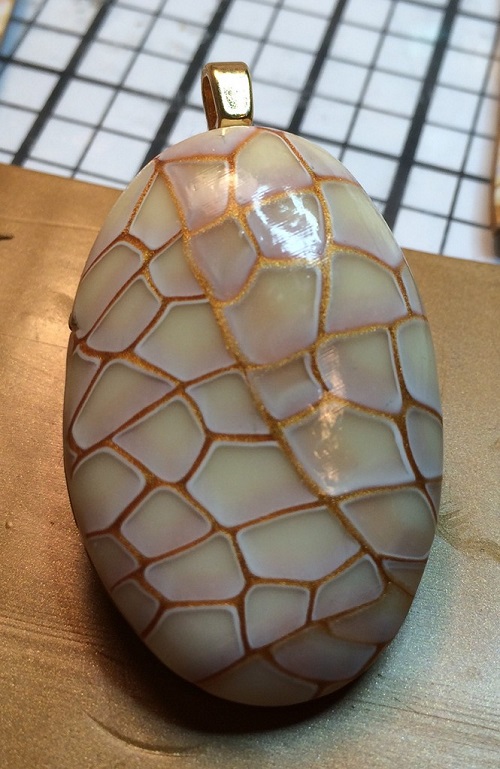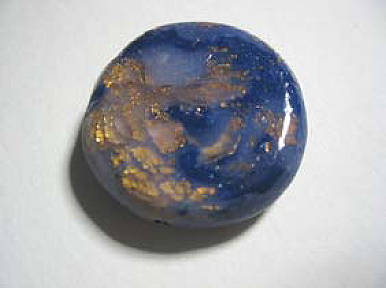

Many aren’t necessarily meant for use with polymer clay. Some of these adhesives might have worked better if I’d done something differently. I believe this shows that the metal resisted the adhesive. Of those that popped off, many washers and had no visible glue residue. There are circles of adhesive left on the clay strip, so it appears I had good glue coverage. The polymer clay discs were somewhat more difficult to remove. Most of the metal washers popped off very easily. PHOTOS AFTER TRYING TO PRY OFF POLYMER AND METAL PHOTOS BEFORE TRYING TO PRY OFF POLYMER AND METAL Sanding made no difference in how well G-S Hypo Cement, G-S Hypo Fabric Cement, Liquid Fusion and Apoxie Sculpt worked. The metal stuck with JB Weld Steel-Reinforced Epoxy, though still not the polymer.All the polymer stuck with Genesis Heat-Set Oils Thick Medium.Previously, it didn’t stick to Kato and Premo. This made a difference in three instances: I later retested adhesives 9-17 and sanded both the polymer and the metal. When I first tested adhesives 1-17, I decided to not roughen any of the surfaces with sandpaper.

One of the Premo strips broke in the process. The Sugru washers popped off, too.Īfter the proper curing time elapsed, I tried to pry each disc and washer off by hand. I was not easy on any of them. The liquid clays should be cured when cool. WeldBond requires more time to dry, so I let it and the rest dry for 48 hours.įour of the five washers adhered with Lisa Pavelka Poly Bonder popped off before I could take the first photo, so I Scotch-taped them back in place.

G-S Hypo Fabric Cement (I tried this because it says it’s for plastics.).Pieces that are superglued need to be pressed together for 10 seconds or more. I’ve learned from prior experience that baking Kato Poly Paste at the recommended temperature is important. I followed the directions on each bottle. I baked Fimo Liquid Gel and Genesis Heat-Set Oils Thick Medium at 265˚ for 30 minutes in a preheated baking box.Īfter the baked strips were completely cool, I applied the rest of the adhesives. I wore a vapor mask when using most of them, which is important.

I realize Poly Bonder doesn’t need to be baked, but its heat-resistance is what makes it unique from other super glues. I baked Sculpey Bake & Bond and Lisa Pavelka Poly Bonder at 275˚ for 30 minutes in a preheated baking box. I preheat it with the lid off using an oven thermometer. A baking box is two cheap aluminum pans, one inverted as a lid, with two small ceramic tiles inside. I baked Kato Poly Paste and Kato Liquid Polyclay at 300˚ for 30 minutes in a preheated baking box. Notice the thin layer spread on the back of the polymer clay disc. In the process of applying Kato Liquid Polyclay. I intentionally left the top part of the disc or washer hanging off the edge of the clay strip to allow me leverage when trying to pry them off. (See photo below.) I didn’t want to use too little adhesive, but I also didn’t want to use too much because it looks bad when it seeps out. I spread a thin layer of each adhesive on the back of the polymer clay discs and metal washers using a new toothpick for each. I wore nitrile gloves while doing the test.Īll adhesives were purchased within a few months of testing. I also cleaned all the washers, polymer clay discs and test strips with a Q-tip soaked in 91% rubbing alcohol. They looked clean, but I still washed them in hot, soapy water. I got new, zinc-coated, steel washers thinking they could represent bails. I thought about making Kato discs to go on Kato clay, etc., but decided a mixture of different brands would make a more rigorous test. The scraps were mainly Kato with some Fimo, Premo and a tiny bit of Soufflé. Then, I conditioned my bag of polymer clay scraps, cut out discs and baked them. I first baked test strips of five different brands of polymer clay. I really dislike the thought of something I’ve made falling apart after I’ve sold it, so I decided I needed to test adhesives. I’ve been collecting and trying various glues while crossing my fingers that they’d work long-term.


 0 kommentar(er)
0 kommentar(er)
